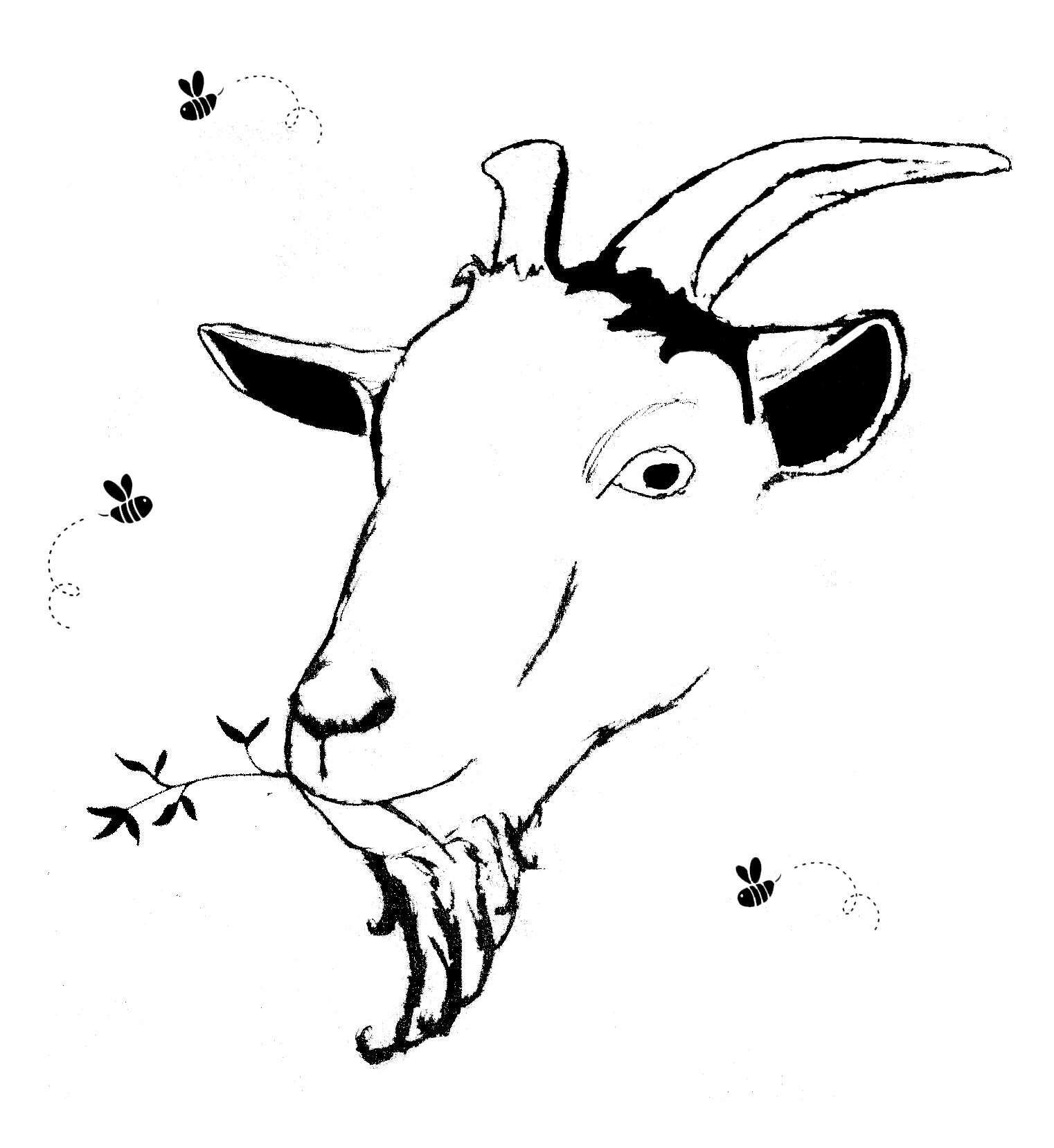Botanical Information
Family: Rhamnaceae
Common Names: New Jersey Tea, Red Root, Wild Snowball
Parts Used: Root, Leaves
Description
Ceanothus americanus, commonly known as New Jersey Tea or Red Root, is a small deciduous shrub native to eastern and central North America. It thrives in dry, rocky soils and open woodlands. Historically, Indigenous tribes and early American settlers used the leaves as a tea substitute during the Revolutionary War, giving it the name New Jersey Tea. Medicinally, the root is highly valued for its lymphatic, astringent, and expectorant properties, making it beneficial for lymphatic stagnation, respiratory issues, and digestive health.
Historical and Traditional Uses
- Used by Indigenous tribes for respiratory infections, swollen lymph nodes, and digestive complaints.
- Employed in American folk medicine as a blood purifier and lymphatic tonic.
- During the American Revolutionary War, the leaves were used as a caffeine-free tea substitute.
- Traditionally applied for tonsillitis, spleen congestion, and skin conditions related to sluggish lymphatic drainage.
Constituents
- Tannins (Astringent, antimicrobial)
- Alkaloids (Ceanothine – Lymphatic stimulant)
- Flavonoids (Anti-inflammatory, circulatory benefits)
- Saponins (Expectorant, immune-supportive)
- Resin & Essential Oils
Actions
- Lymphatic tonic
- Astringent
- Expectorant
- Anti-inflammatory
- Mild sedative
- Digestive tonic
Medicinal Uses
- Lymphatic & Immune Support
- Traditionally used to stimulate lymphatic drainage, helping to reduce swollen glands and chronic infections.
- Beneficial for tonsillitis, enlarged spleen, and sluggish immune function.
- Respiratory Health & Expectorant Effects
- Helps clear mucus and congestion in bronchitis, colds, and persistent coughs.
- Traditionally used for asthma, whooping cough, and sinus congestion.
- Digestive & Spleen Support
- Aids in reducing bloating and sluggish digestion.
- Used historically for enlarged spleen and digestive stagnation.
- Astringent & Wound Healing
- Applied topically as a wash for wounds, ulcers, and inflamed skin conditions.
- Helps with diarrhea and gastrointestinal irritation due to its tannin content.
- Circulatory & Blood Purifying Properties
- Traditionally used to support blood circulation and detoxification.
- May help in chronic skin conditions linked to poor lymphatic flow.
Preparation and Dosage
Infusion (Tea from Leaves – Caffeine-Free Substitute):
- 1-2 tsp of dried leaves per cup of hot water.
- Steep for 10-15 minutes, drink up to three times daily.
Decoction (Root – For Lymphatic & Respiratory Support):
- 1 tsp of dried root per cup of water.
- Simmer for 20 minutes, drink up to twice daily.
Tincture (Root):
- 2-4 ml taken up to twice daily.
Poultice or Wash (For Skin Conditions & Wounds):
- Strong decoction applied topically to affected areas.
Precautions and Contraindications
- Pregnancy & Breastfeeding: Avoid large doses, as it has strong astringent effects.
- Low Blood Pressure: May have mild hypotensive properties.
- Tannin Sensitivity: High tannin content may cause mild digestive upset in sensitive individuals.
- Blood Thinners: May enhance blood-thinning effects, so caution is advised if on anticoagulants.
Energetics (Traditional Medicine Perspectives)
Traditional Western Herbalism: Cooling and drying; supports lymphatic function, circulation, and immune resilience.
Indigenous North American Medicine: Used for respiratory infections, swollen lymph nodes, and digestive sluggishness.
American Folk Medicine: Applied as a tea substitute, blood cleanser, and spleen tonic.
Combinations
- For Lymphatic Support: Combine with cleavers and calendula.
- For Respiratory Health: Use with mullein and thyme.
- For Digestive & Spleen Health: Blend with dandelion and burdock root.
- For Wound Healing & Skin Conditions: Pair with plantain and yarrow.
Harvesting and Storage
- Harvesting:
- Leaves are collected in spring and summer.
- Roots are harvested in late autumn or early spring.
- Drying:
- Air dry in a shaded, well-ventilated area.
- Storage:
- Keep in an airtight container, away from moisture and direct light.
Modern Research
- Studies confirm Ceanothus’s lymphatic-stimulating effects, supporting its traditional use for immune health and circulation.
- Research suggests it may aid in reducing spleen congestion and supporting overall detoxification.
- Rich in tannins, which contribute to its astringent and antimicrobial properties.
Conclusion
Ceanothus americanus (New Jersey Tea) is a powerful lymphatic and respiratory tonic, traditionally used for immune support, detoxification, and circulation. It is a valuable herbal remedy for swollen lymph nodes, respiratory infections, and digestive sluggishness. While generally safe, it should be used in moderation due to its strong astringent nature.
🌿 A hidden gem in North American herbal medicine for purification and vitality!

